|
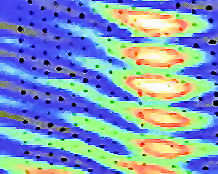
|
|
The mission of Laboratory of Optical Studies for Advanced Materials (LOSAM) is to develop and characterize frontier materials and devices with advanced optical techniques. To pursue this goal, the laboratory is equipped with (1) high-power femtosecond laser facility, (2) widely tunable picosecond coherent light sources; and (3) Yb-doped fiber laser pumped femtosecond laser with pulse shaping apparatus, etc.
|
project categories |
Optical Phenomena at Nanometer Scale
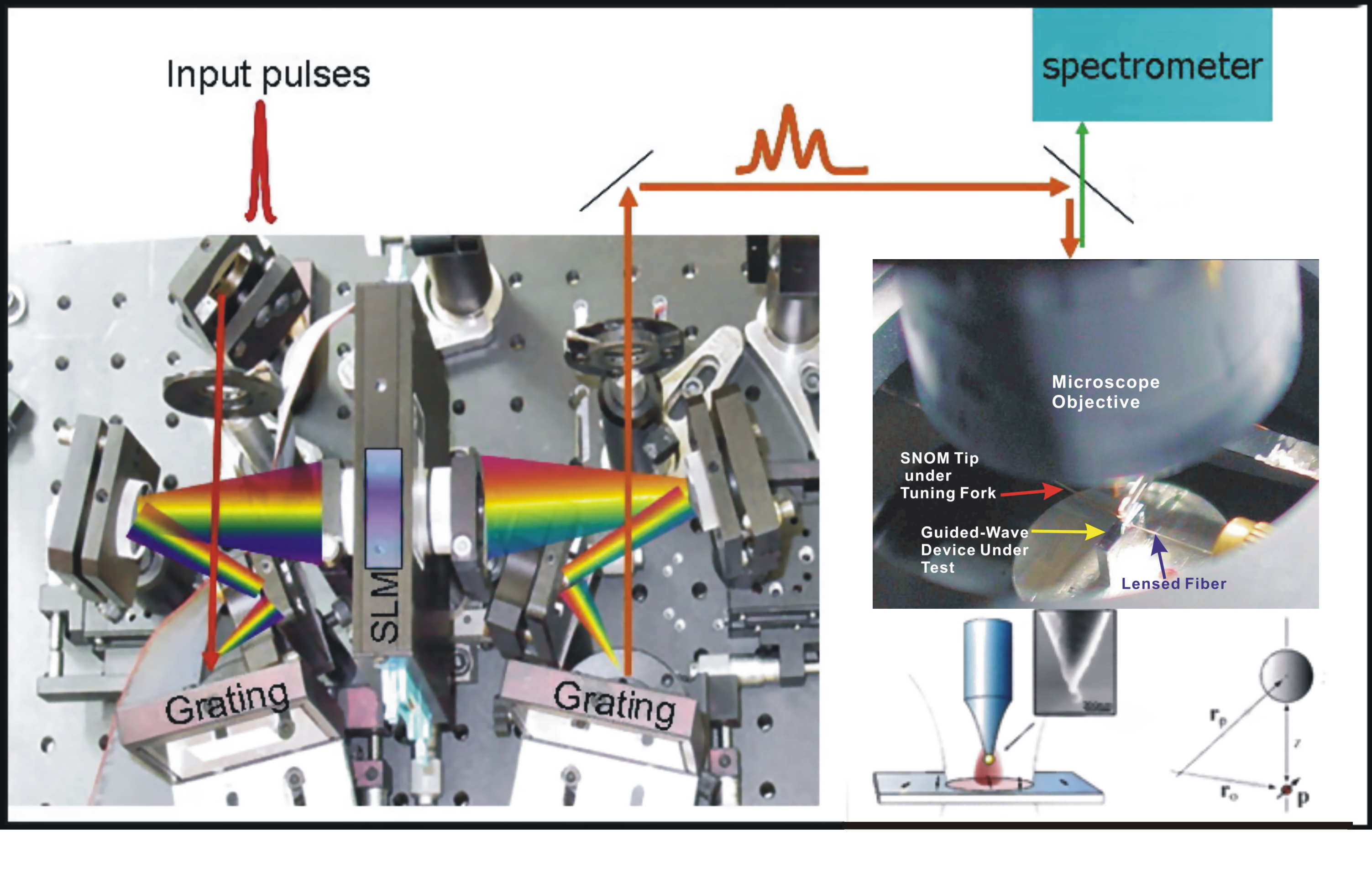
Keywords: quantum control, active spectroscopy, surface plasmonic resonance, biomolecular recognition, nanometer localization of optical excitation
Related Publication:
 Project P.I.s: Jung Y. Huang
Project P.I.s: Jung Y. Huang
Funding: NSC

The current status of the development of quantum control at nanometer scales is at the proof-of-concept stage. The types of the nanosystems that have been successfully controlled by the technique are limited. We propose in this three-year project to develop the related technologies appropriately to the control of nano systems. Specifically, we will focus on the applicability of quantum control for spectroscopy and imaging in order to advance the concept of so-called active spectroscopy and imaging. In contrast with the methodology of conventional spectroscopy and imaging, the active spectroscopy and imaging implement adaptive quantum control to actively tailor the light-matter interaction to extract valuable information about material dynamic characteristics. To further demonstrate the functionality of the concept, the research topics of this project includes probing the biomolecular recognition with active spectroscopy, nanometer-resolved study of surface plasmonic resonances of nanogold clusters, and optical excitation localization at a small region of nanogold clusters.
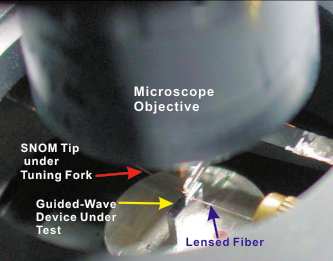
Keywords: near field, heterodyne interferometry, field amplitude, optical phase, sub optical wavelength resolution
Related Publication: 
 Project P.I.s: Jung Y. Huang
Project P.I.s: Jung Y. Huang
Funding: NSC and MOEA

The key to a successful development of functional photonic devices lies in the fabrication and characterization. Valuable diagnostic tools not only improve our knowledge of photonic devices but also help to establish the design rules. In view of the impact, we had initiated an effort to develop a diagnostic platform for nanophotonic devices. Heterodyne interferometry possesses unique advantages of shot-noise limited detection sensitivity and infinite phase tracking capability. In order to reveal the full-field characteristics of photonic devices, we had implemented a heterodyne interferometry on a scanning near field optical microscopy. The resulting apparatus are depicted on left diagram. An ongoing project will be conducted to develop quantum informatics platform with integrated light-wave circuit configurations based on an anti-resonant reflection optical waveguide structure (ARROWS).

Keywords: chip-scale optical reader, silicon microbench, sub optical wavelength (SOW) devices, photonic bandgap crystal, planar lightwave circuit
Related Publication: 
 Project P.I.s: Jung Y. Huang
Project P.I.s: Jung Y. Huang
Collaborators:
Funding: MOEA project

Miniaturized optical system can significantly improve system reliability, portability, and reduce manufacturing cost. An intrigue optical system that had been widely used in optics industry is the optical read-write head, which is essentially a miniaturized confocal microscope. A chip-scale version of optical R/W head with dimension less than 1-mm can be realized with MOEM technologies. Therefore this first-phase project has two major targets: (1) Develop the needed MOEM platform to realize a prototype silicon microbench blue-light optical pickup head, and (2) develop sub optical wavelength components and modules for further miniturization of future chip-scale photonic system. The R&D team is formed by 19 PIs from various research centers and universities in Taiwan. During this first-phase investigation, the team members had published 171 referred journal papers, 149 conference papers, and filed 23 patents with 6 granted. For further reference, a ppt file prepared for our annual on-site review can be downloaded from this web site.
Advanced Optical Techniques
Keywords: photoactivation, single-molecule, fluorophore, super resolution, fluorescent protein
Related Publication: 
 Project P.I.s: Jung Y. Huang
Project P.I.s: Jung Y. Huang
Funding: NSC

The single-molecule approach has become a valuable tool in single-molecular biophysics. If an optical process is employed for the probing method, the resulting technique possesses both single-molecule detection (SMD) sensitivity and minimum invasiveness. Hence optical probes have become the most attractive choice in the single-molecule approach. By using photo-activatable fluorophores, one can modulate the fluorescence emission profile of individual fluorophores in time such that only an optically resolvable subset of fluorophores are activated at any moment, allowing their localization with high accuracy. It has been well known that photo-activatable fluorophores are the major obstacle in the wide-field sub-diffraction imaging technique. This research project is therefore aimed to yield a refined understanding of the photo-switching mechanisms, including the identification of all states and intermediates involved, and to help the development of new improved molecular photo-switches. Important issue on some subcellular organelles in biophysics, such as the interaction between cell-penetrating peptides and a cell membrane, structures and diffusion process of lipid rafts in a cell membrane, will be investigated to verify the functionality of the frontier sub-diffraction imaging and localization tool established.
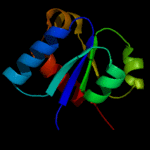
Keywords: time-resolved, FTIR, 2D correlation, molecular vibration, four-wave mixing, dipole-dipole coupling
Related Publication: 
 Project P.I.s: Jung Y. Huang
Project P.I.s: Jung Y. Huang
Funding: NSC

This proposal is designed to develop a cutting-edge analytical tool for probing the structural dynamics of biomolecular systems. The research strategy is to investigate the dynamical structures of some biomolecular systems with femtosecond two-dimensional infrared spectroscopy. We are expecting to extract useful information about how biomolecular systems perform their desired bio-functionarities. For further information, pleade download the pdf file from this web site.

Keywords: sum-frequency vibrational spectroscopy, monolayer, polar, ferroelectric liquid crystal, molecular alignment
Related Publication: 
 Project P.I.s: Jung Y. Huang
Project P.I.s: Jung Y. Huang
Funding: CM Optronics

Liquid crystal alignment on ion-beam- treated surfaces has recently attracted significant interests owing its potential applications for non contact LC alignment in next generation TFT LCD. This project will continue our studies on the correlation relationship between interfacial molecular structure and LC alignment quality by employing the advanced analytical tools developed during the first-phase project. In our previous study, infrared-visible sum-frequency generation (IVSFG) spectroscopy had been used to sensitively reflect the alignment of a liquid crystal monolayer on rubbed polyimide surfaces and the molecular structures on ion-beam-modified polymeric surfaces, and an imaging polarimetry to reveal the alignment quality of liquid crystal film. In the second-phase project, we shall continue the IVSFG study of surface molecular structures of alignment layers treated by ion beams with various beam characteristics. Electro-optic measurement, imaging polarimetry and two-dimensional anchoring energy measurement are to be applied to reveal the strength, quality, and stability of LC alignment. Finally we plan to integrate these results to establish a correlation relationship between the surface molecular structures of alignment layers and LC alignment quality for the foundation of next generation non-contact LC alignment technique.
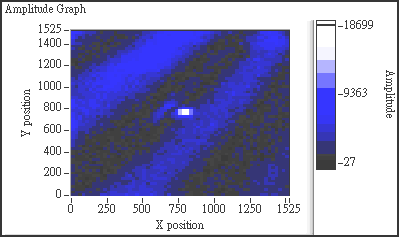
Keywords: Raman spectroscopy, lock-in detection, single-photon counting, liquid crystal, Raman imaging
Related Publication: 
 Project P.I.s: Jung Y. Huang
Project P.I.s: Jung Y. Huang
Funding: NSC

Raman spectroscopy is a useful molecular finger-printing technique to identify molecular species and structures of a complex material. Unfortunately, unenhanced Raman signal is usually extremely weak with a signal level down to single-photon counting level. Although lock-in detection is highly successful in recovering a weak electrical ac signal from large noise background, this phase-sensitive detection (PSD)scheme can not be directly applied to detect optical signal at single-photon counting level. Recently Dieter Braun (http://www.dieterb.de/lockin/) had devised a useful software which allows a conventional single-photon counting hardware to be used to generate lock-in detection funtionality for the detection of an extremely weak optical signal. We implemented the technique on our Raman microscopy to investigate the field-induced reorientation dynamics of an electro-optical switching surface stabilized ferroelectric liquid crystal (SSFLC) cell. We found some interesting features of the technique when applying for the detection of Raman scattering signal and a theoretical model of phase-sresolved Raman signal from the Raman polarizability of a molecular normal mode was developed to illustrate the underlying physics. Further information can be found from the following pdf file from this web site.
Nanostructured Materials with Enhanced Optoelectronic Response
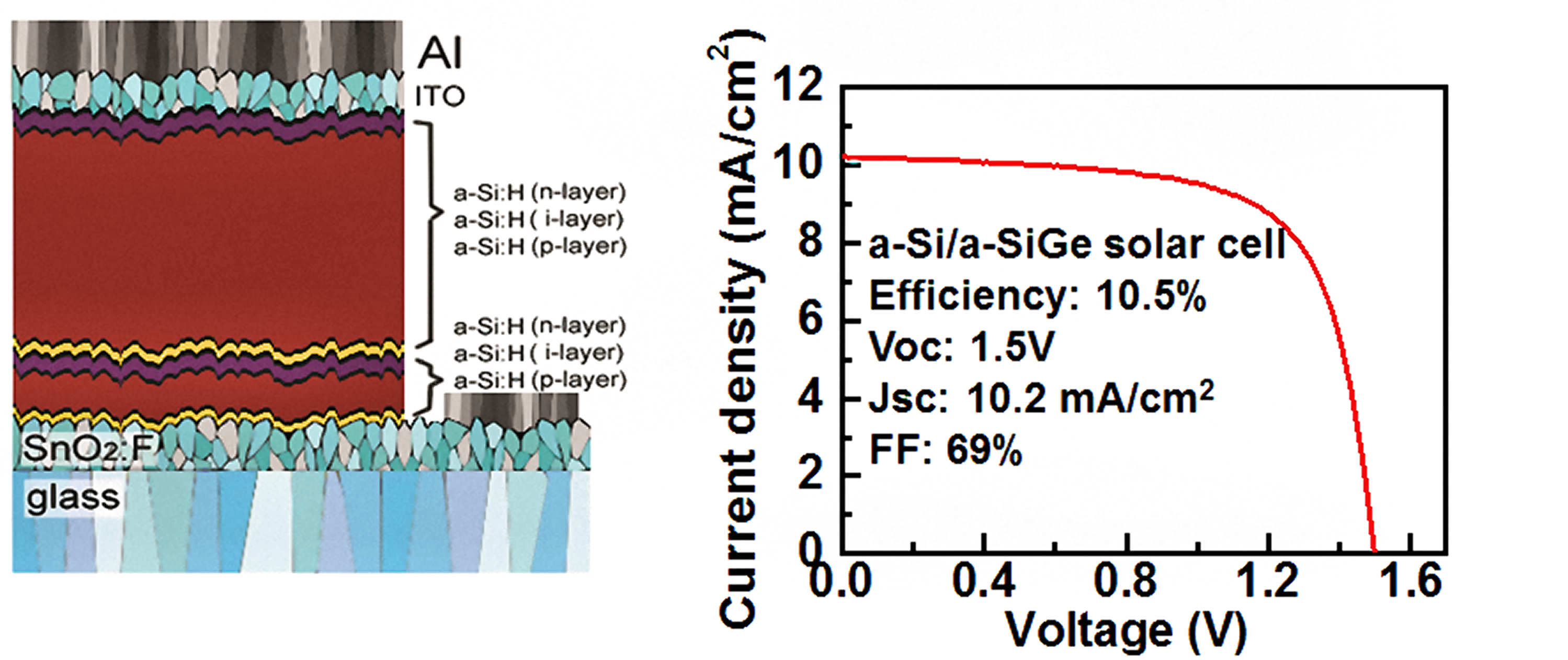
Keywords: Solar cell, thin film, multijunction, pin
Related Publication: 

 Project P.I.s: Jung Y. Huang
Project P.I.s: Jung Y. Huang
Collaborators: J. M. Hsieh, B. T. Dai (National Nano Device Laboratory)
Funding: NSC

We investigate the performance of amorphous Si(a-Si) solar cells fabricated with Inductively Coupled Plasma (ICP)deposition technique. The ICP system produces a-Si films with low defect density (3x10^15 cm-3), resulting in a conversion efficiency of 9.6%. Deep level transient spectroscopy(DLTS) reveals that hole carriers trapped at defects near the valence band edge delocalize at 130K; while trapped electrons can only be emitted into the conduction band near room temperature. Spectrally resolved DLTS study further indicates that light soaking enhances the emission rate of the tapped electrons near the conduction band edge while reduces the transition moments from the hole-trapping defect levels to the conduction band. The combined effects and light soaking-induced defects are responsible for the degradation of a thin film solar cell by light soaking.
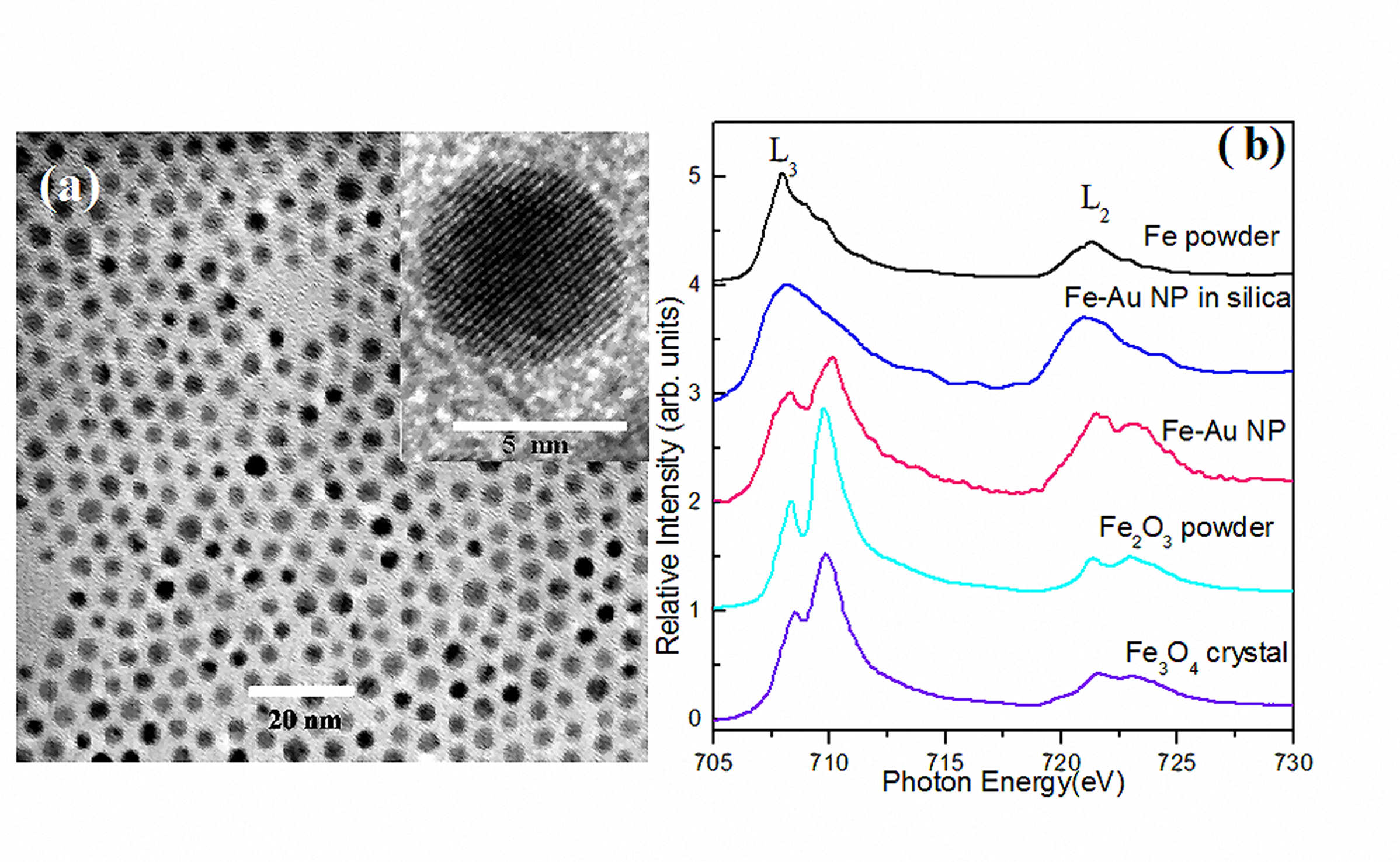
Keywords: self assembly, nano building block, artificial crystal, core-shell
Related Publication: 
 Project P.I.s: Jung Y. Huang
Project P.I.s: Jung Y. Huang
Collaborators: K. H. Wei
Funding: NSC

Nanostructured materials offer great possibility in many scientific disciplines. These hybrid materials provide a modular solution for an increasing demand of high functional materials. Incorporation of nanocrystal quantum dots (QD) into self-assembled block copolymer can form a new material which is useful for building novel photonic materials and devices. The key to a successful development of high functional nanocrystal-copolymer composite lies on the control of the nanoscale structure with a carefully designed molecular architecture. By cooperation with PI in the Materials Sciences Engineering of NCTU, we are endeavor to study the optical properties of nanocrystal-copolymer. We are also developing a novel technique by combining a scanning optical microscope with a femtosecond pulse shaping apparatus to selectively map out the distribution of specific species with coherent control methodology.
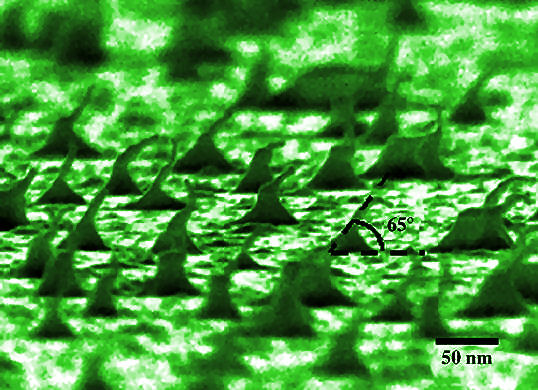
Keywords: self assembly, nano building block, artificial crystal, core-shell
Related Publication: 
 Project P.I.s: K. H. Wei and Jung Y. Huang
Project P.I.s: K. H. Wei and Jung Y. Huang
Collaborators: K. H. Wei
Funding: NSC

Exploring the plausible ways to realize functional materials with enhanced EO responses from interacting subunits combined in a directed hierarchically organized structure. The enhanced EO properties such as those occurring in LED, solar cell, etc. can be considered to originate from a combined effect of enhanced charge transport and enhanced light emission.
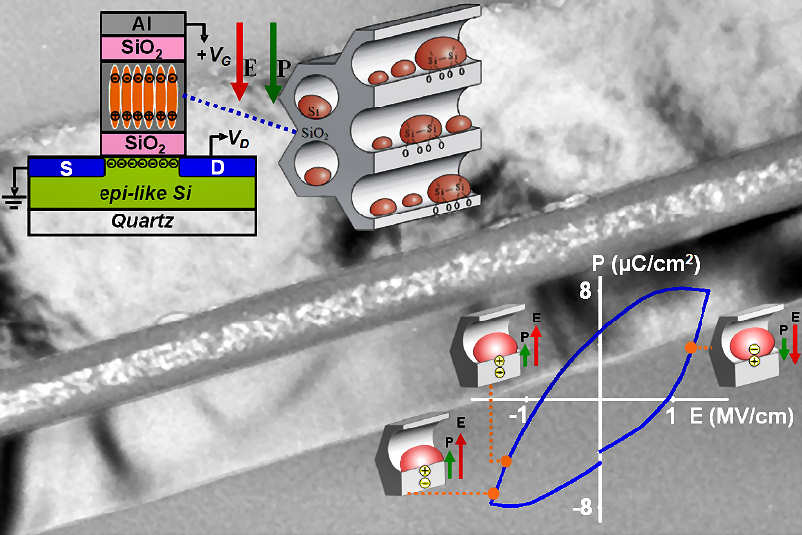
Keywords: ferroelectricity, interface bonding, polar layer, quantum dot, mesoporous, spontaneous polarization, CV curve
Related Publication: 


 Project P.I.s: J. M. Hsieh, B. T. Dai (National Nano Device Laboratory)
Project P.I.s: J. M. Hsieh, B. T. Dai (National Nano Device Laboratory)
Collaborators: Jung Y. Huang
Funding: NSC

Optoelectronic response in a material has spanned a wide range of applications from photon detection to photovoltaic conversion. To conquer the material limitation for better optoelectronic response, nanotechnology had been employed by arranging subunits with specific size-dependent quantum mechanical properties to form a hierarchically organized structure. However, it remains a formidable task to build a functional optoelectronic system from nano objects. Here we report a new artificially engineered optoelectronic material by preferentially growing silicon quantum dots on the bottom of the pore-channels of mesoporous silica. The self-assembled nanostructured material can yield an enhanced optoelectronic response over that of silicon crystal. The improvement was shown to originate from highly stable polar layers lying between silicon quantum dots and mesoporous silica, verified by infrared-visible sum frequency vibrational spectroscopy. The interfacial polar structures exhibit a strong photoexcited carrier-phonon coupling and a ferroelectric-like hysteretic switching property. Thus a new class of multifunctional materials can be realized with a design concept that employs semiconductor nanocrystals for optical sensing and utilizes interfacial polar layers to facilitate the carrier transport and emulate ferroelectric-like switching.

Keywords: zinc oxide, quantum dot, ferroelectric liquid crystal, liquid crystal alignment, field-induced reorientation
Related Publication: 

 Project P.I.s: J. M. Hsieh, B. T. Dai (National Nano Device Laboratory)
Project P.I.s: J. M. Hsieh, B. T. Dai (National Nano Device Laboratory)
Collaborators: Jung Y. Huang
Funding: CM Optronics

Modifications of the electro-optical properties of an existing SSFLC by doping with appropriate impurities had recently attracted significant interest. Concerted efforts in nanostructured materials and LC technologies had been employed to demonstrate the potential to yield an improved LC alignment and EO properties. The developments had also revealed that the phase transition, elastic coupling, ionic effect, and dielectric anisotropy of LC materials are adjustable with doping of various nanomaterials, such as silica particles, LC-covered Pd particles, and ferroelectric nanoparticles, etc. The design parameters of the methodology include material, size and shape, doping concentration and surfactant properties of nanoparticles, which could open an effective and flexible way for generating promising new materials for the next generation LC flat panel display.
The main target of this project is to developed a working procedure in order to improve/enhance the application properties of new or existing LC material by doping with a variety of nano objects. We are the first to demonstrate the alignment quality and switching properties of ferroelectric liquid crystals can be improved by doping a FLC with ZnO nano dots, the FLC alignment quality and dynamic switching properties are significantly improved. Please refer to the pdf file for further information.

Keywords: difference-frequency generation, GaSe, infrared
Related Publication: 

 Project P.I.s: Jung Y. Huang, Jing Y. Zhang, C. L. Pan, and C. S. Chang
Project P.I.s: Jung Y. Huang, Jing Y. Zhang, C. L. Pan, and C. S. Chang
Funding: NSC

Generation of broadly tunable coherent mid-infrared (mid-IR) pulses via parametric three-photon processes are of considerable interest in many disciplines ranging from molecular spectroscopy, bio-medical diagnostics, to remote sensing of atmospheric trace constituents. The core of optical parametric devices is a nonlinear optical (NLO) crystal with high figure of merit, which is proportional to the squared second-order nonlinear coefficient of the crystal. NLO crystals such as ZnGeP2, AgGaSe2, Tl3AsSe3, CdSe, and GaSe have been used to produce mid-IR radiation. Among these NLO crystals, the layered crystal GaSe exhibits a fairly high with a reported value of 54 pm/V and a wide transparency range. In spite of its many attractive features, GaSe crystal is difficult to be cut and polished along some arbitrarily chosen directions. For laser applications, further improvement in the optical and mechanical properties of GaSe crystal is highly desirable.
This project is endeavor to develop a variety of approaches to improve application properties of existing or new NLO crystals. We are one of very few research groups to demonstrate that doping NLO crystal, such as GaSe, with appropriate dopants (10%atom Er ions) can readily improve the infrared transmission properties and optical nonlinearity to a factor of 25%. For more information, please refer to the pdf file.
 Summary
Summary